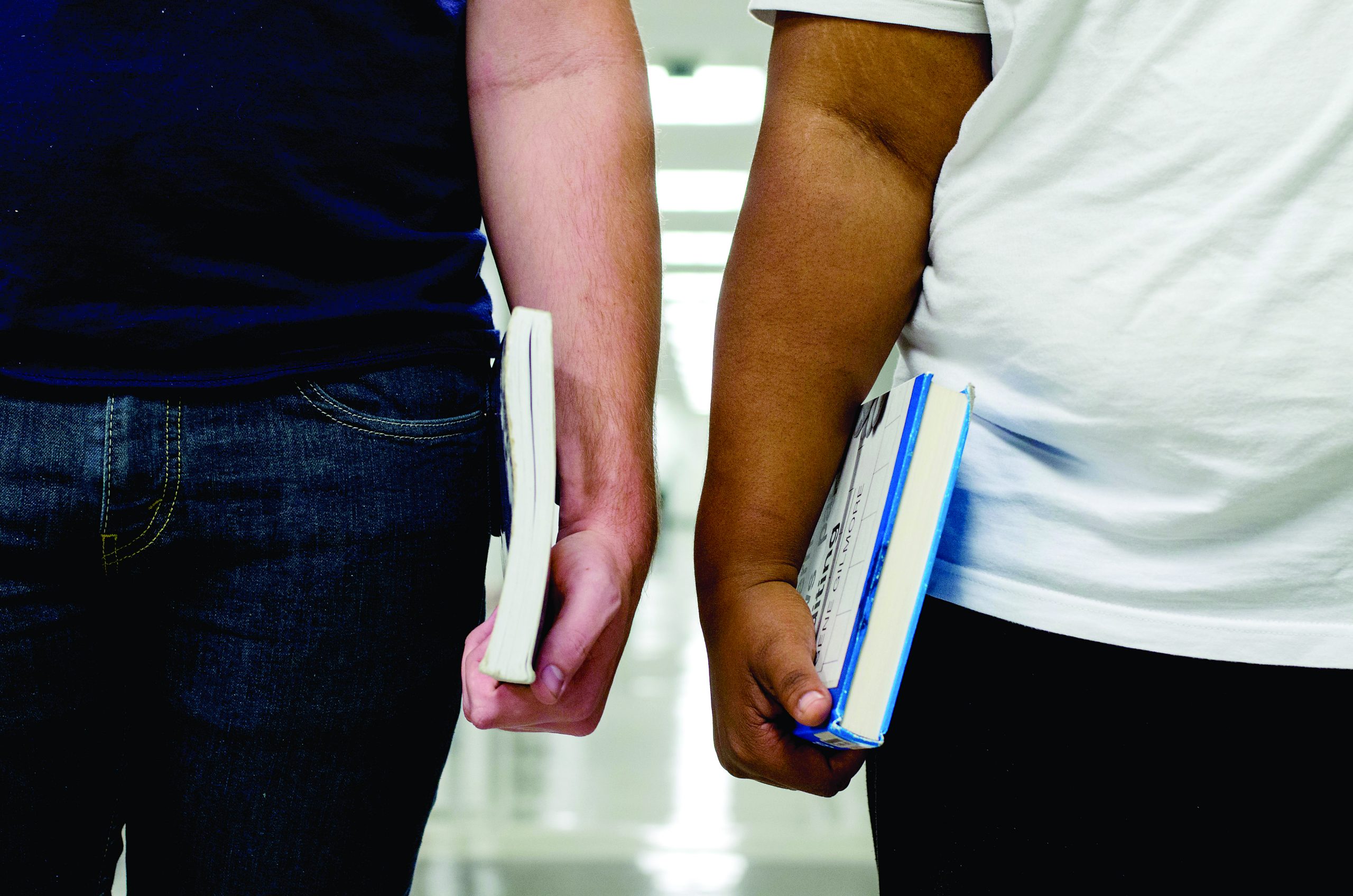
In 2006, Michigan voters passed ballot initiative Proposal 2, which barred the (currently) 77 percent white University of Michigan Law School from using an applicant’s race in their admissions decisions. Since Proposal 2 passed, admission of African-American students has dropped 40 percent. The school is now making waves as it goes to the U.S. Supreme Court in defense of a clause that allowed the admissions office to factor race into their decisions.
Should the Supreme Court uphold the constitutionality of the proposal, the University of Michigan Law School will likely continue to admit fewer and fewer students of color each year, and this is a problem.
According to worldwide news outlet Al Jazeera America: Of the 315 students admitted to the University’s law school this semester, just 14 were black and around 42 were Asian. Meanwhile, the school is located less than an hour outside of the predominantly black city of Detroit.
This may seem like a case in which affirmative action, or what Oxford Dictionaries refers to as “positive discrimination,” is acting as “reverse discrimination:” the belief that policies designed to aid minorities put the majority (i.e. white people) at a disadvantage. However, the demographics of the school and its area must be taken into account.
Regardless, this is a complicated matter. I think everyone can agree that all students should be given equal opportunities for education. And while the creation of a quota-type system for students of color helped diversify the school, the method is questionable.
As sad as it is to see such a dramatic decline in a single demographic, it can’t really be called a fair system. Based on the proposal, it seems that this was less affirmative action and more a case in which minority students were admitted with lesser credentials simply because of perceived race-based discrimination and disadvantages.
Under these circumstances, the Court could reasonably rule to continue the ban on race consideration because of the advantage it appears to give students of color or disadvantage it gives to other races. Upholding the proposal would also open the door for others to challenge similar systems around the country.
At some institutions, such as Georgia State, which has no issues attracting students from varied backgrounds, provisions are unnecessary. But others, such as Historically Black Colleges/Universities and predominantly white institutions, could garner more diversity by factoring in race.
Even though a quota system appears to be unfair to some, minority students will ultimately suffer if they’re not in a comfortable environment. Any student would. Beyond socioeconomic status, students don’t tend to gravitate toward schools where they feel that they will be alone.
We want to see others who look like us and may, therefore, share common interests with us. A system that takes race into account guarantees that students will not be alone. In an environment where we are alone, our voices are stifled. We’re inclined to refrain from emphasizing our differences, resulting in assimilation rather than diversification.
